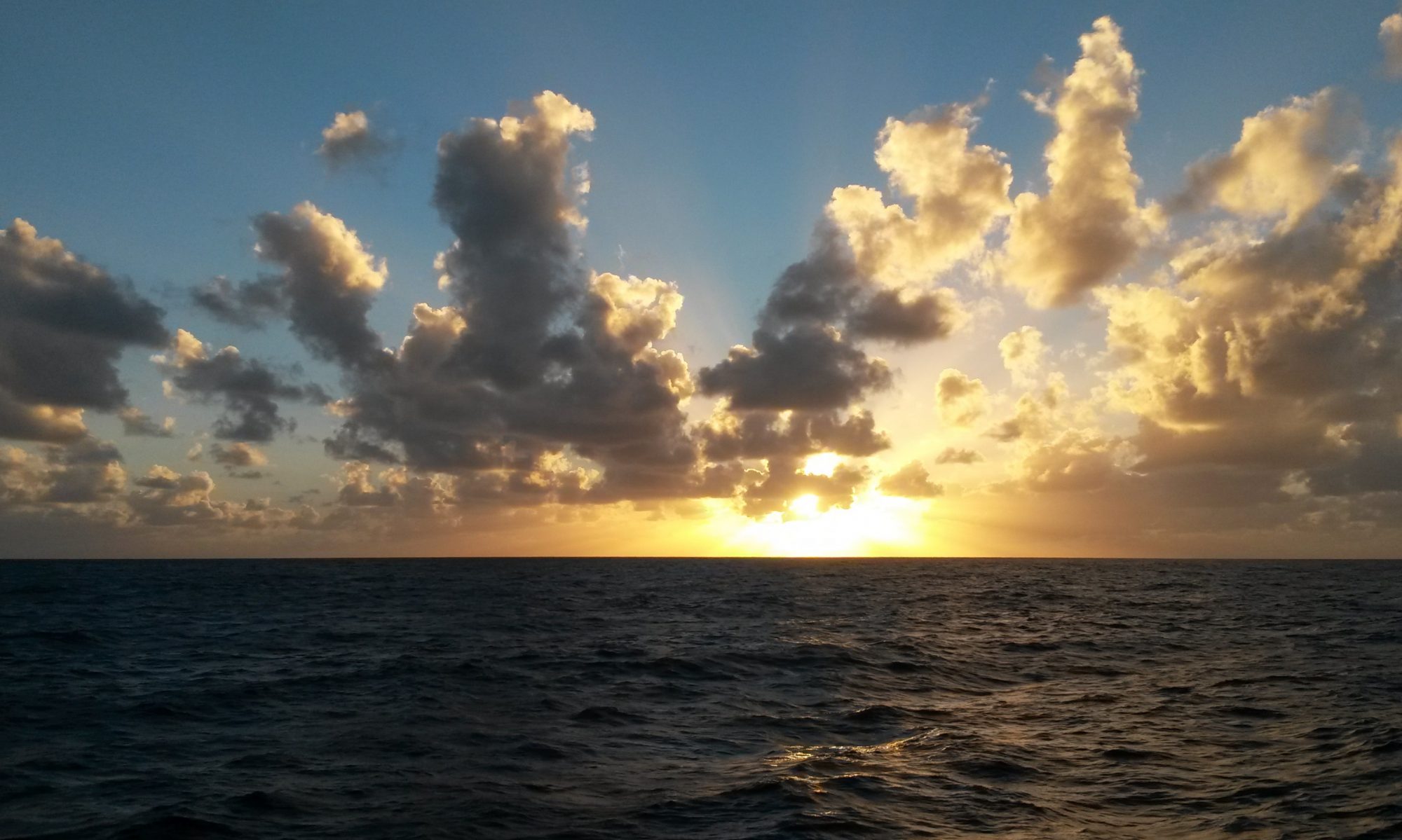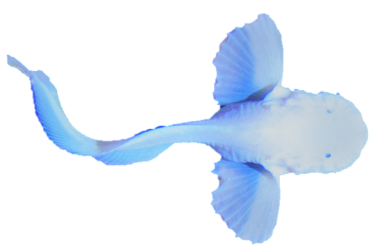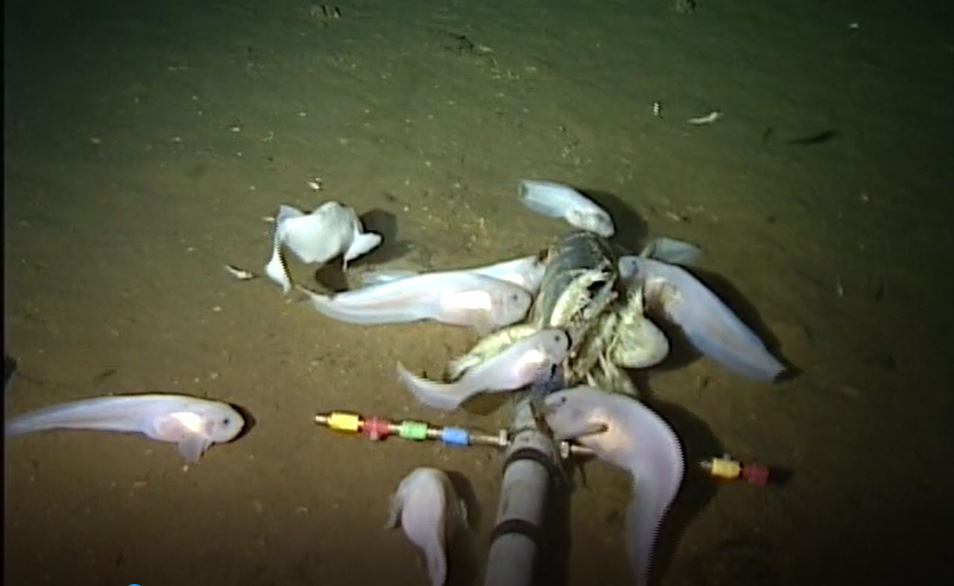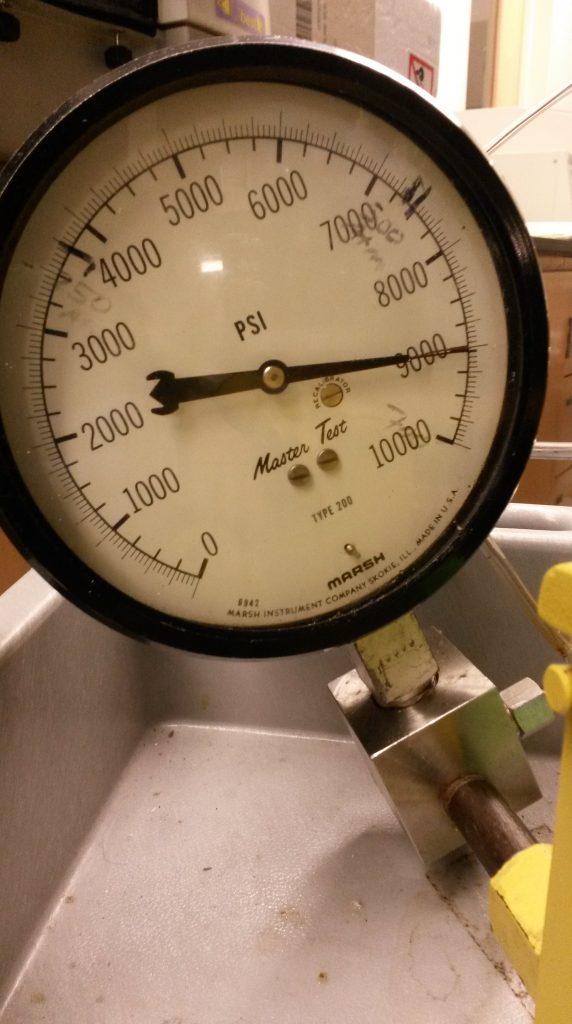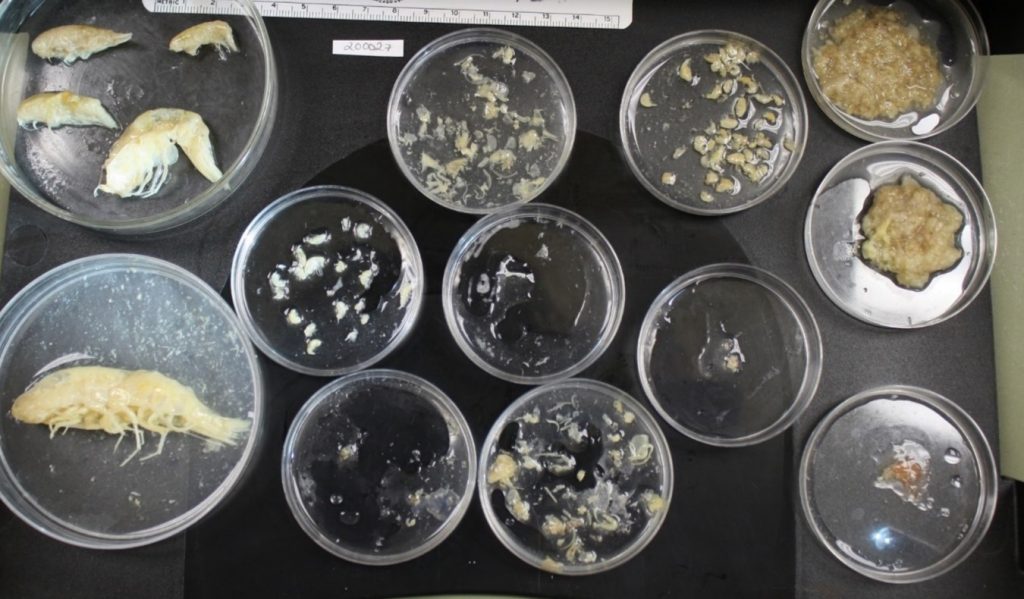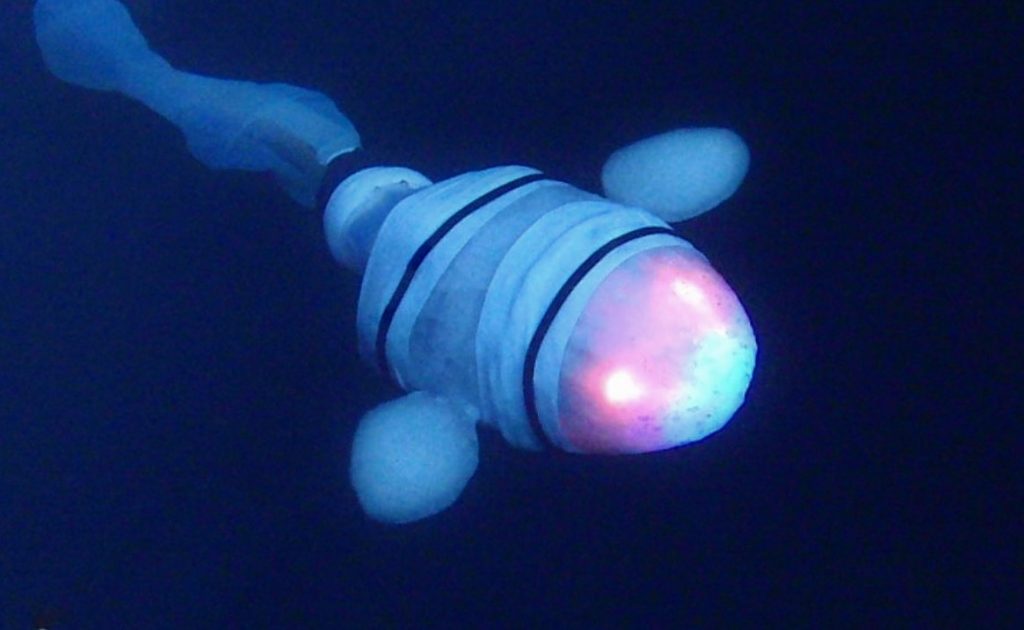
Some deep-sea fish are full of a gelatinous goo—a watery tissue layer. These tissues show up in several different types of fishes, but why are they there? Our new open-access paper in Royal Society Open Science tackles this question. We describe which fishes have gelatinous tissue, show the chemistry of what gelatinous tissues are made of, and test some of the functions. Gelatinous tissues likely help deep-sea fishes maintain buoyancy. They may also act as faring, changing the shape of the fish to reduce drag. And, of course, we needed to build a robot hadal snailfish! Check out the full paper and coverage by Science News!
